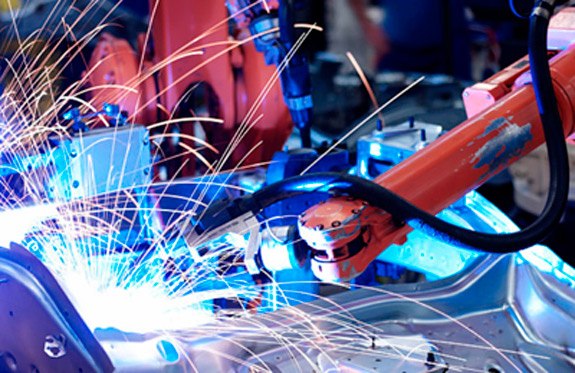For carbureted or throttle-body fuel-injected engines, the inlet manifold refers to the intake duct from the carburetor or throttle-body to the intake port on the cylinder head. Its function is to distribute the air/fuel mixture to each cylinder. For engines with direct fuel injection or diesel engines, the intake manifold only distributes clean air to each cylinder.
For naturally aspirated engines, since the inlet manifold is located downstream of the throttle body, the vacuum inside the manifold will increase at small throttle openings and decrease with large openings. Therefore, fuel-injected engines have a pressure sensor on the intake manifold to determine engine load to provide the appropriate amount of fuel injection.
The function of the intake manifold is to distribute the combustible mixture provided by the carburetor to each cylinder. The function of the exhaust manifold is to collect the waste gas from each cylinder, sent to the exhaust pipe and muffler, and then discharged into the atmosphere.
The intake and exhaust manifolds are usually made of cast iron, and the inlet manifold can also be made of aluminum alloy castings. Both can be cast as a whole or separately cast.
The exhaust manifold is fixed with bolts to the cylinder body or cylinder head, and the joint is equipped with asbestos pads to prevent leakage. The inlet manifold with a flange is installed to connect the carburetor and exhaust manifold to the exhaust pipe.
Parallel intake and exhaust manifolds can use the waste heat of exhaust gas to heat the inlet manifold, especially in winter when it is difficult for gasoline to evaporate, and even atomized gasoline tends to condense. For carbureted or throttle-body fuel-injected engines, the intake manifold refers to the intake duct from the carburetor or throttle-body to the intake port on the cylinder head. Its function is to distribute the air/fuel mixture to each cylinder.
For engines with direct fuel injection or diesel engines, the intake manifold only distributes clean air to each cylinder. The inlet manifold must distribute the air/fuel mixture or clean air as evenly as possible to each cylinder. To achieve this, the length of the gas flow path in the intake manifold should be as equal as possible. To reduce gas flow resistance and improve intake efficiency, the inner wall of the inlet manifold should be smooth.
